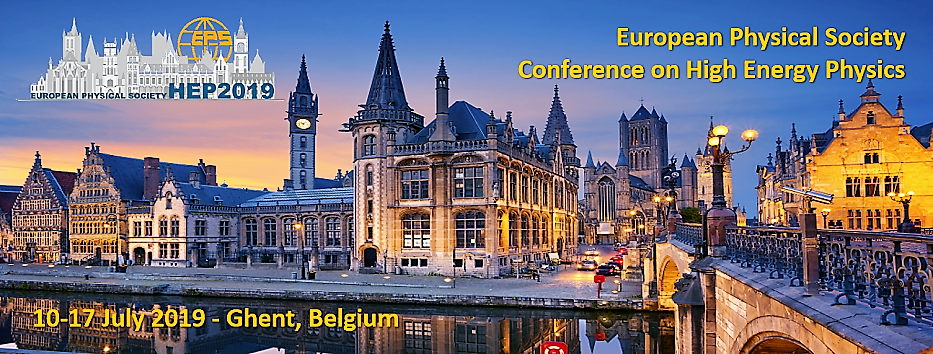Speaker
Description
DA$\Phi$NE is an lepton collider becoming operational in 2000. It has been providing data in consecutive data-taking periods for the KLOE, DEAR and FINUDA experiments until 2006 (1),for Siddharta in 2009, and again for the upgraded KLOE-2 between November 2014 and March 2018 (2),(3). It will continue operating for PADME (just using the upgraded Linac) and for Siddharta-2 in 2019. DA$\Phi$NE is the only existing phi-factory on which starting from 2007 the crab-waist collision scheme has been successfully implemented with and without the experiment solenoid.
Currently only few accelerator test facilities exists: the ATF2 (KEK), a top-class facility designed for the development of the International Linear Collider, CLASSE(Cornell Laboratory for Accelerator Based Science and Education), a centre of excellence in the development of accelerator technologies located in university campus, and ANKA (Karlsruhe), devoted to R&D of machines and applied research.
The proposal of DA$\Phi$NE as a test facility (DA$\Phi$NE-TF) (4) for accelerator physics and technology development has been presented as an open call for ideas culminated in the organization of a topical workshop in December 2018 (5).
The lines of technological research identified so far for DA$\Phi$NE-TF are the following: i) Study of low SEY (Secondary Electron Yield) elements and impedances, graphitization of chambers and other surface treatment technologies; ii) New components for accelerators (vacuum chambers, collimators, masks, kickers) and innovative beam diagnostic techniques; iii) Accelerator components realized with 3D printers; iv) High power solid state RF amplifiers; v) Wide-excursion adjustable permanent magnets; vi) High-power positron sources; vii) Components for future SLED and pulse flatness compensation; viii) Emittance manipulators; ix) Beams interacting with amorphous materials, crystals, lasers, plasma; x) Testing new methods to generate terahertz coherent radiation.
In this contribution a selection of the proposed activities will be summarized and a temptative plan for the future of the DA$\Phi$NE-TF proposal will be presented.




